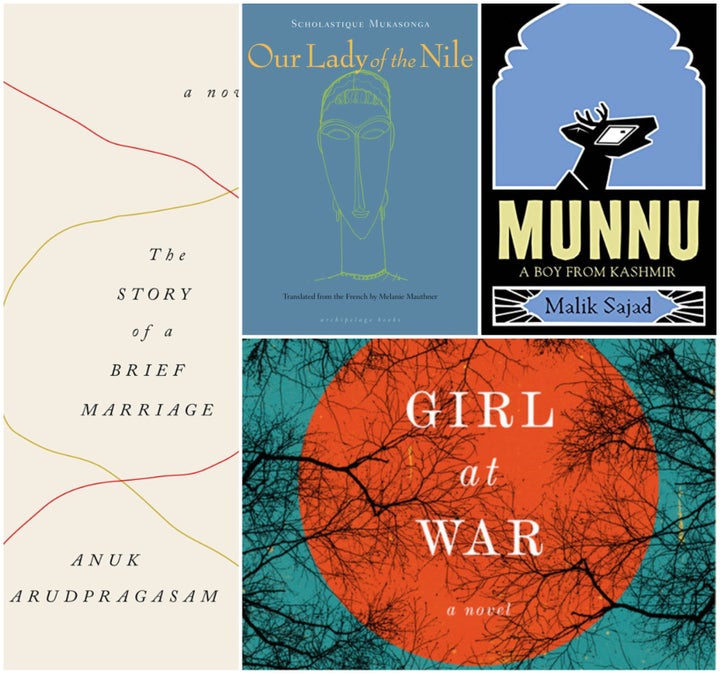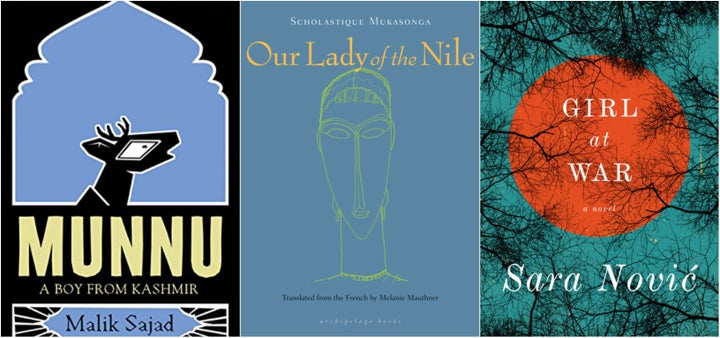
August 15, 2019 marks India’s entry into the 73rd year of its independence, an event to be commemorated with passionate speeches and tricolour-festooned WhatsApp forwards celebrating freedom. It also signifies ten days since the state of Jammu & Kashmir was erased with the abrogation of Article 370 and plunged into virtual darkness. Phone lines and internet connections remain cut off with next to no sources of reliable information available to locals. Panicked families have still not been able to contact each other. A state of de facto curfew operates in the Kashmir Valley and basic services and supplies are hamstrung by restrictions on movement and the communication blackout.
Meanwhile, the end of this month will see millions rendered stateless in Assam through the opaque and flawed National Register of Citizens. Through it all, an economic slowdown and high unemployment rates continue to cause alarm bells to ring. And yet, within the uncertainty and protests, the government has stressed that everything—despite all signs pointing to the contrary—is “normal”.
It’s a tried and tested, musty old script, played out across the world: the stripping away of civil liberties, the brutal, callous imposition of the will and cruel might of the state on entire regions, populations, and sometimes nations, and through it all, the denial of violence and wrongdoing. As we blow trumpets of national pride, the question begs to be asked: who exactly is allowed to be free?
For the latest news and more, follow HuffPost India on Twitter, Facebook, and subscribe to our newsletter.
Drowned by cacophonous primetime debates and Twitter showdowns, it’s easy to ignore that within chaos and conflict are actual flesh-and-blood human beings, each driven by a unique knot of desires, ambitions and fears. But when you’re a pawn in a game that you may not even know the name of, does that even matter?
When things seem the bleakest, turning to fiction can often be instructive. As we question the very nature of freedom, here is a short reading list of novels from around the world that vividly tell the stories of ordinary lives turned upside down by conflict and war created by those who wield power. And sometimes, these lives even emerge on the other side, if not entirely free, at least clutching at a humanity that is still intact.
1. Half of a Yellow Sun by Chimamanda Ngozi Adichie
Set mostly during the Nigerian-Biafran War of the late 1960s, Chimamanda Ngozi Adichie’s extraordinary novel depicts the effects of conflict and violence on those caught in the midst. The war, fought between the government of Nigeria and the secessionist state of Biafra, was in part an outcome of the all-too-familiar internal tensions in nations born of an arbitrary redrawing of maps and borders by departing colonisers. Marked by ethnic violence, widespread malnutrition and starvation, the genocide left hundreds of thousands dead.
Half of a Yellow Sun, whose title comes from the emblem adopted by the short-lived Republic of Biafra, chronicles the war through five characters, who we first encounter in a time of peace. Even as they attempt to lead lives unmarred by the violence festering around them, they are inevitably consumed by it, each responding differently to its horrors.
Adichie, who was born a decade after the war, lost both her grandfathers to the violence. She wrote the novel, she said, “because the thought of the egos and indifference of men leading to the unnecessary deaths of men and women and children enrages me, because I don’t ever want to forget”. And while she starkly evokes the spectre of death, starvation and the trauma of war in her novel, Adichie excels most remarkably in entwining the larger politics of the time with what propels and transforms her characters: The novel, she explained is also her tribute to love—“the unreasonable, resilient thing that holds people together and makes us human.”
2. The Story of a Brief Marriage by Anuk Arudpragasam
Anuk Arudpragasam’s debut novel takes place over the course of a single day and night but holds within its slim pages and chronology, questions about life, death and what it means to be human. Within the frenzy and turmoil of war, the novel limits its scope with deliberate precision to one character and his ruminations—to staggering effect.
Dinesh is a young man in a makeshift camp in the final days of the war between the Sri Lankan Army and the Liberation Tigers of Tamil Eelam (LTTE), witnessing mangled bodies, amputations and scarcity in all forms. So far removed from the life he had known, and heading towards a seemingly inevitable death, Dinesh fixates on the minute physicality of being alive–the acts of sleeping, eating, walking, breathing.
But when another refugee proposes that Dinesh marry his daughter, his relationship with death—and life—begins to change, transformed into the challenge of forging a relationship with a stranger who might hold some form of meaning and respite. Poetic and philosophical, The Story of a Brief Marriage is a testament to the human yearning for dignity, pride and companionship, even in the middle of war.

3. Our Lady of the Nile by Scholastique Mukasonga, translated by Melanie Mauthner
In 1994, between April 7 and July 15, Rwanda witnessed one of the world’s most gruesome atrocities—an ethnic genocide in which nearly 1 million people from the country’s Tutsi minority were killed. Entire communities, including kids, were encouraged to participate in the mass murders using whatever weapons they could find. In her novel Our Lady of the Nile, Scholastique Mukasonga asserts that the tendrils of such extreme and callous hatred go far back into time.
Set 15 years before the genocide, the novel takes place in an exclusive girl’s boarding school where the daughters of Rwanda’s elites are sent to be groomed for marriage and a gendered public life. Discrimination is at play from the start. Only 10% of the student body is allowed to comprise of Tutsis. What starts off as a coming-of-age story soon turns into the fruition of years of resentment fostered during Belgian colonial rule. Ethnic violence, abetted by those in power, becomes terrifyingly real in the school perched high above the rest of the land—a prelude to what is to come more than a decade later.
In her novel, Mukasonga, who lost 27 of her family members in the 1994 genocide, shows with chilling deftness how easy it can be for ordinary people to choose a path of grotesque brutality.
4. Girl At War by Sara Novic
How does a 10-year-old make sense of something that defies everything she’s ever known? Sara Novic’s dark, accomplished novel answers that question and more as it tells the story of Ana Juric over four parts, starting with the breakout of civil war in Yugoslavia in 1991. It all begins with a road blockade and a question about a box of cigarettes: Serbian or Croatian? Soon, Ana’s childhood is swept away by the Serbo-Croatian war that killed tens of thousands of people.
Unsettling yet moving, Girl At War features what are almost universally recognisable markers of ethnic and civil strife—neighbours suspecting and turning on each other, a once diverse city being reorganised according to ethnicity, and every gesture being scrutinised for signs of loyalty and allegiances. But within it all, Ana’s story is most vividly and painfully one of a child losing sense of safety, security and certainty, something she has to grapple with, and try to reconcile herself to, for years to come.
5. Munnu: A Boy from Kashmir by Malik Sajad
Cartoonist Malik Sajad’s autobiographical graphic novel is timelier than ever for its deeply personal account of everyday life growing up in Kashmir in the 1990s. Sajad’s protagonist, Munnu, starts off as a young boy who finds joy in drawing, sugar and his large family. But life in a land wracked by conflict is anything but typical. His elder brother’s friends cross over to the resistance, his father is routinely taken away by the military for identification parades, and school often remains closed due to the violence inflicted on the valley.
With influences of Joe Sacco’s graphic novels about Palestine, the stunningly illustrated Munnu also pays homage to Art Spiegelman’s Maus. Like the representation of Jews as mice in Spiegelman’s iconic graphic novel, Majad communicates the “endangerment” of his characters by depicting them as humanoid version of hangul, the Kashmiri deer species.
Effortlessly unspooling the complexities of Kashmir’s history and politics through Munnu’s own journey to becoming a cartoonist, Sajad’s story is simultaneously one of a young man trying to find his place in a broken world.